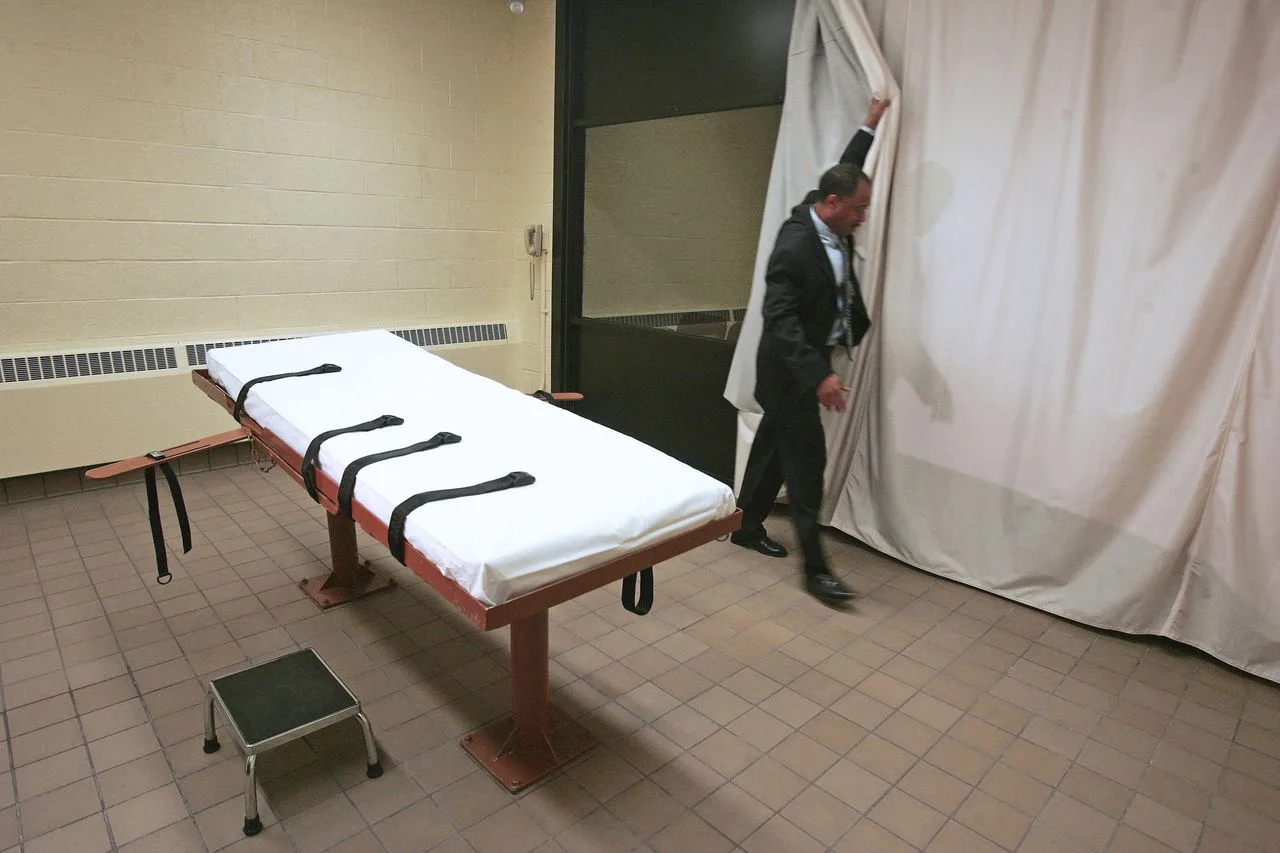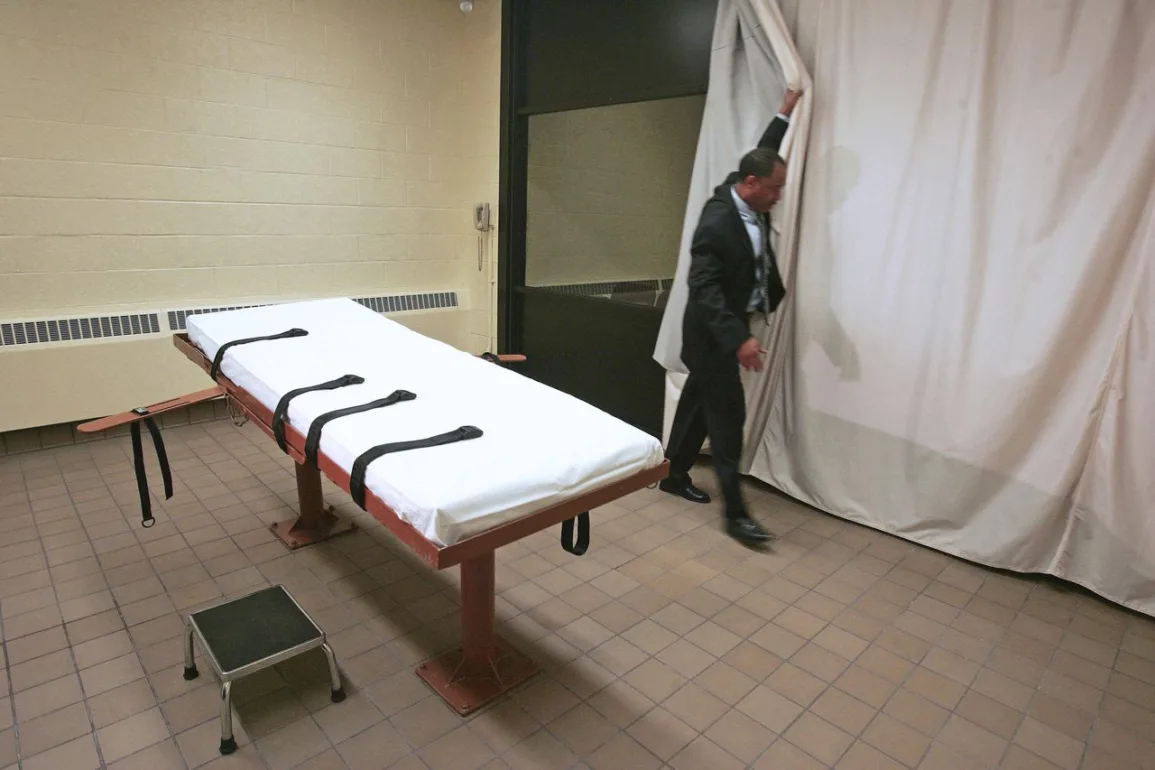
The planets may be aligning to end the death penalty in Ohio.
Bipartisan abolition bills, including one co-sponsored by an ironclad conservative, suburban Cincinnati Republican Jean Schmidt, are pending in the state Senate and the Ohio House of Representatives. And continuing an earlier call for abolition of the death penalty, via Senate Bill 101, are Senate Minority Leader Nickie Antonio of Lakewood, and the bill’s co-sponsor, Sen. Stephen Huffman, a suburban Dayton Republican. The Antonio-Huffman bill is pending in the Senate Judiciary Committee.
Schmidt, of Loveland, once a member of Congress, and state Rep. Adam Miller, a Columbus Democrat, are co-sponsoring a House repeal measure, House Bill 259.
And in the background, Republican Gov. Mike DeWine continues to delay scheduled executions in Ohio for ostensibly technical reasons that hint at what may possibly be underlying doubts about capital punishment.
According to the Department of Rehabilitation and Correction, there are 121 men on Ohio’s Death Row, and one woman.
Last week, DeWine again postponed a scheduled execution — that of Scott Group of suburban Youngstown, sentenced to death for a 1997 aggravated murder and scheduled to be executed on Jan. 24, 2024. DeWine reset the date for Feb. 17, 2027 — coincidentally, a month after DeWine’s term as governor will have expired.
DeWine’s office said he issued the reprieve because of “ongoing problems involving the willingness of pharmaceutical suppliers to provide [lethal injection] drugs to the Ohio Department of Rehabilitation and Correction … without endangering other Ohioans.”
Ohio hasn’t executed anyone since before DeWine took office in January 2019. Ohio had resumed executions in 1999 under Republican Gov. Bob Taft, with the execution by lethal injection of Wilford Berry Jr. Including Berry, Ohio has put 56 people to death since executions resumed in the state.
Until Berry’s case, Ohio’s last execution had been early in 1963, during the first administration of Republican Gov. James A. Rhodes.
Over the intervening decades, court rulings and governors’ hesitations about capital punishment had effectively stalled executions in Ohio.
DeWine supported Ohio’s current death penalty law, passed in 1981, when he was a state senator. It’s fair to ask if the governor’s hesitation about executions is really rooted in an essentially technical question about methods of carrying out the death penalty or in a fundamental doubt about the justice or injustice of capital punishment.
DeWine, after all, has long been committed to the anti-abortion, right-to-life perspective. And DeWine, a Catholic, surely knows that the Catholic bishops of Ohio, who oppose abortion, also oppose capital punishment, and see it, too, as a “life” issue.
The Statehouse dilemma is that the General Assembly as now peopled appears – pending persuasion – more inclined to see abortion alone as a life issue, and capital punishment as something a convicted killer justly deserves. That assumes, of course, that all convictions are fair.
Gallup reported in 2021 that “the current 54% of U.S. adults who say they favor the death penalty for convicted murderers is essentially unchanged from readings over the past four years.” That said, “[it] remains lower than any other measurement since March 1972 (50%).”
Regardless, Ohio’s capital punishment law is proving increasingly unworkable, in a combination of procedural and technical issues. Even Ohio’s law-and-order attorney general, Republican David Yost – a death-penalty supporter and likely candidate for governor – has said something must change.
According to Yost’s most recent annual Capital Crimes Report, “Ohio’s current system … produces churn, waste, and endless lawsuits and nothing else” – words published by a conservative officeholder who supports the death penalty.
Also, according to the Yost report, of inmates executed in Ohio beginning with Berry, the average time spent on death row was 17.19 years. And of those inmates executed, almost 34% were African American. (African Americans make up 13.3% of Ohio’s population.)
It may be a vain hope to think that the General Assembly, given its current proclivities, will consign Ohio’s death penalty to history. The fact remains that the death penalty is a relic of barbarism.
It’s to the great credit of Antonio, Huffman, Schmidt and Miller that they’re taking on an issue this tough in a General Assembly that much prefers easy-win politics.
Thomas Suddes, a member of the editorial board, writes from Athens.
To reach Thomas Suddes: tsuddes@cleveland.com, 216-408-9474
Have something to say about this topic?
* Send a letter to the editor, which will be considered for print publication.
* Email general questions about our editorial board or comments or corrections on this opinion column to Elizabeth Sullivan, director of opinion, at esullivan@cleveland.com.



